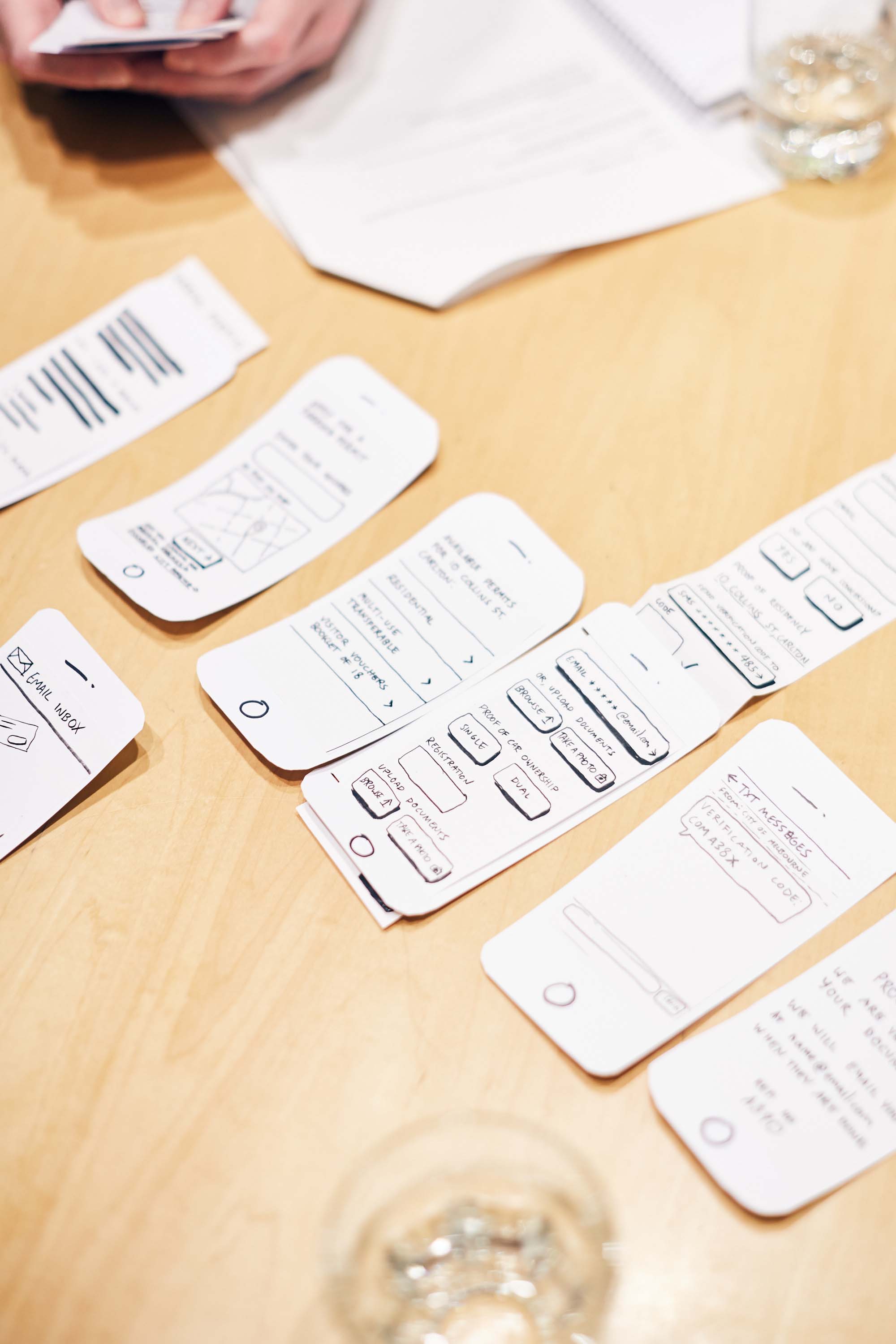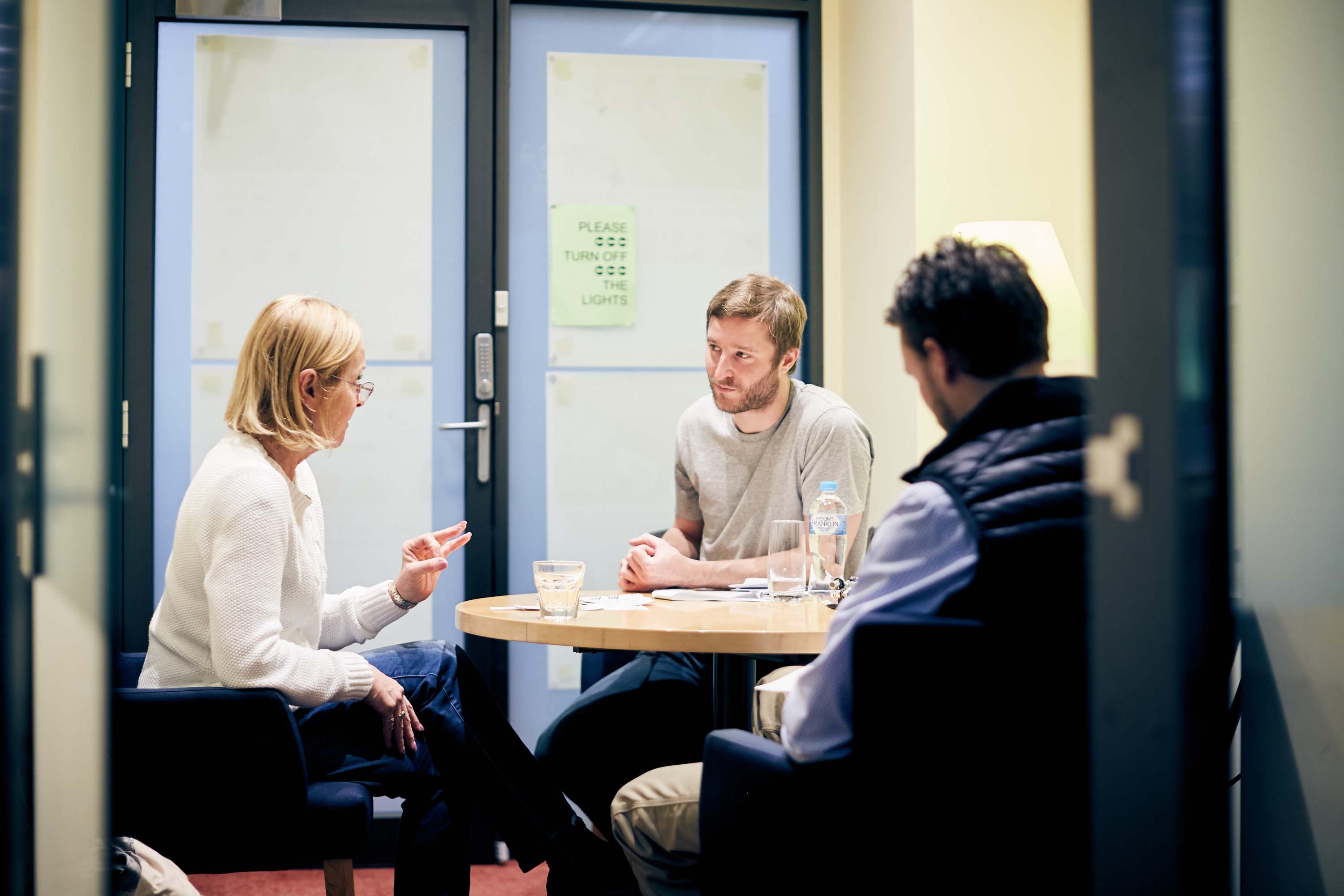City of Melbourne Single Digital Customer Interface
City of Melbourne governs ‘roads, rates and rubbish’ for central Melbourne and surrounding suburbs. Our team was tasked with delivering a strategy to deliver human centred digital services. We worked with internal teams to frame the problem space, develop concepts and conduct research to understand people’s attitudes, behaviours and needs.


